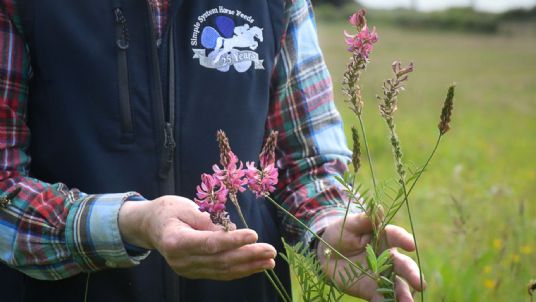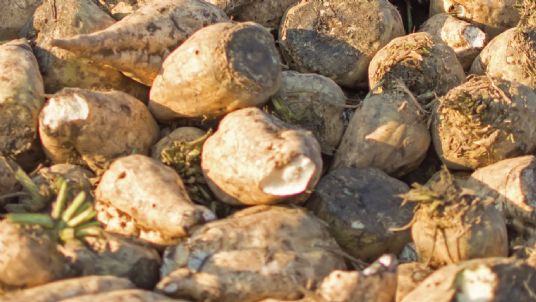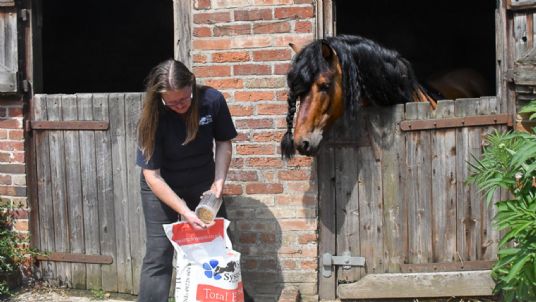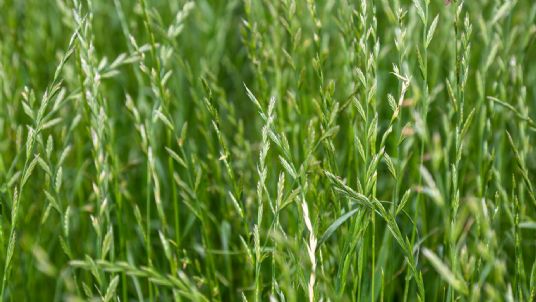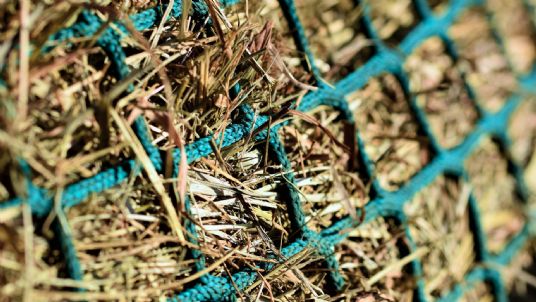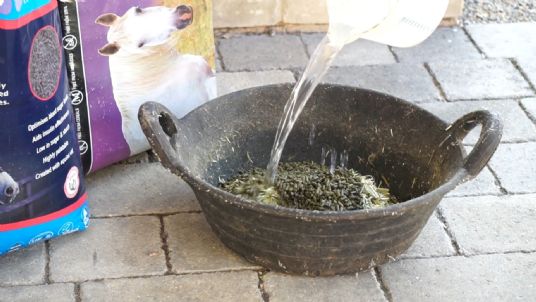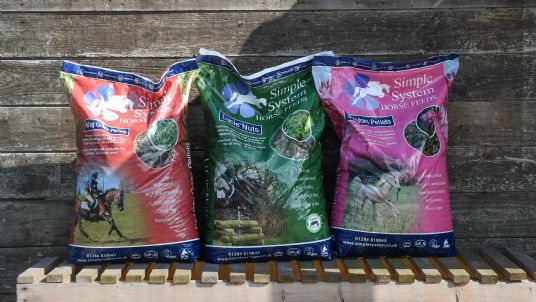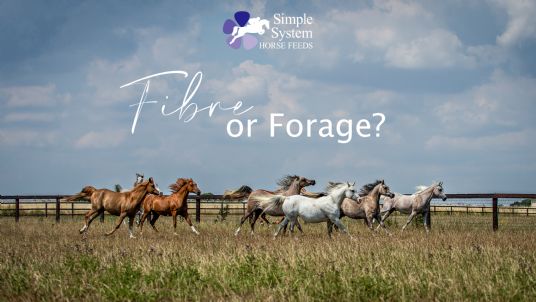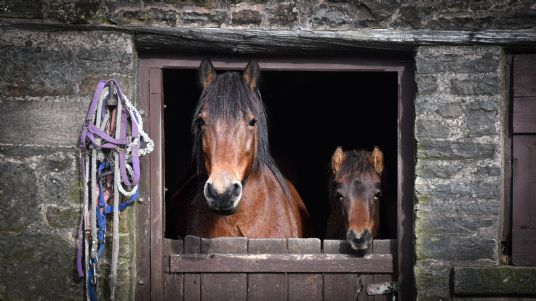In winter it can be hard to strike a balance between horse ownership and day-to-day life; less daylight means many horses spend an increasing amount of time indoors and may also have less interaction with their owners who are dashing back home to thaw out!
Some horse’s enjoy their “home comforts” - a deep bed, a pile of hay and a warm mash of soaked Lucie Nuts, but for others, spending more time stabled can be stressful and take some getting used to. Similar to changing their feed, management changes should also be introduced gradually, so if you know your yard restricts turn out from 1st December for example, start stabling them for short periods now.
If your horse doesn’t cope well with being stabled for longer, there are lots of things you can do to help:
